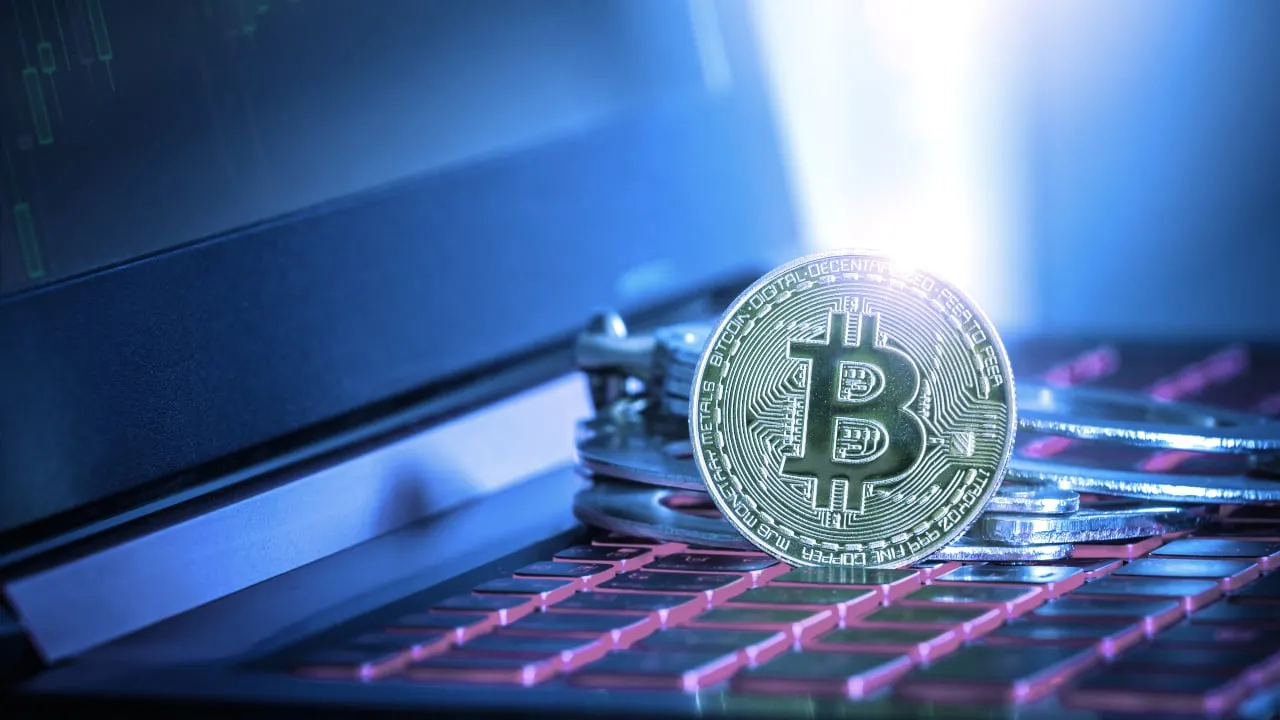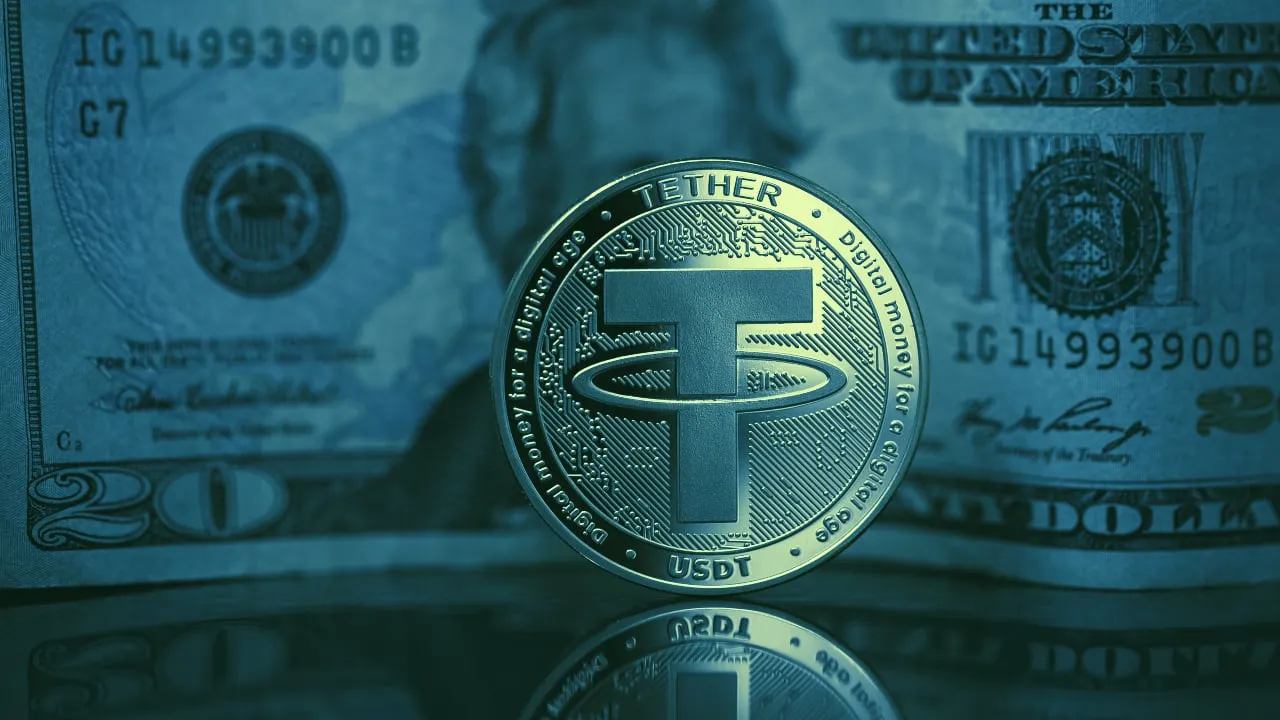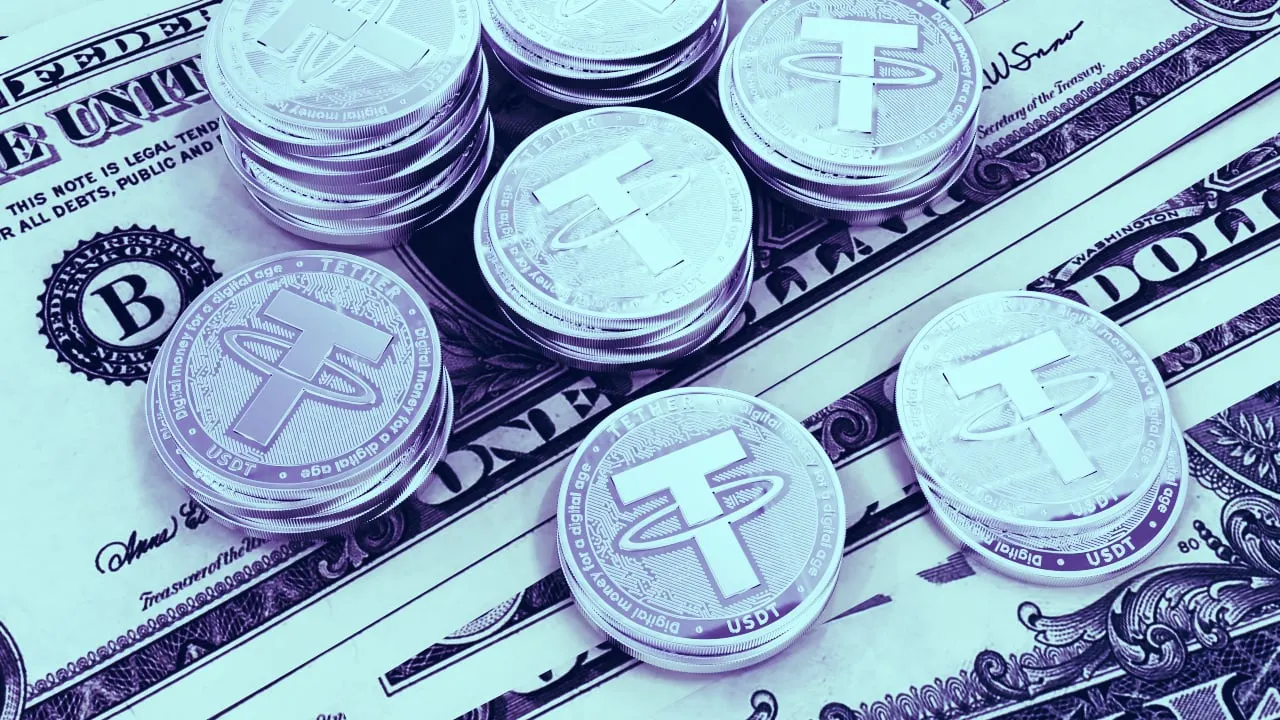So-called stablecoin Tether is in the spotlight again—and, as usual, it’s not for good reasons. According to Bloomberg, the Department of Justice and the Commodities and Futures Trading Commission are trying to determine whether Tether—in concert with crypto exchange Bitfinex, which shares its management—was used in a price-manipulation scheme that resulted in bitcoin’s vertiginous 2017 peaks.
As part of a broader probe into bitcoin price manipulation that began in May, the investigators have reportedly “homed in” on a theory outlined in an academic paper published in June by an industrious, 6-foot-2-inch University of Texas finance professor and his graduate student. The paper alleged that Tether, working with Bitfinex, was complicit in something called “spoofing," by which traders artificially drive up an asset's price by making large volumes of fake trades on that asset. The paper asserted that Tether and Bitfinex carried out these fake trades using tethers that, because of Tether’s “incomplete” banking situation, may not have been fully collateralized by the dollar.
Per Bloomberg, the feds have picked up on the paper and are now digging into whether its claims hold true. For their part, Tether and Bitfinex have consistently denied any wrongdoing, and no charges have been brought by any law-enforcement or regulatory agency.
Since reading about Tether makes most people want to tether themselves, by their necks, to their ceilings, we’ve written up a chronological and succinct explanation of all of the above. We sincerely hope it helps.
Prologue
What, pray, is Tether? The cryptocurrency was born in 2014, and counts among its founders controversial former EOS chief strategy officer Brock Pierce. Significantly, Tether bills itself as a “stablecoin” that is “100 percent backed” to the dollar and is “transparent” and “secure” with “widespread integration.”
Because it is supposedly pegged to the dollar, traders can use it to convert their bitcoins to a safe currency during bear markets without having to convert it to fiat, which many exchanges don’t support.
Tether’s current bank, and its exes
Under scrutiny, Tether becomes confusing. Despite repeated demands, the company has been reluctant to disclose details about its supposed dollar reserves; though Tether appears to be flush, nobody is able to prove it. And this, according to the Texas paper, makes its symbiotic relationship with bitcoin suspect.
Sure, looking at the order books, Tether seems incredibly liquid. As of this writing, Tether’s 24hr volume was $6.1 billion dollars, putting it in second place after bitcoin. Its market cap places it at eighth most valuable. Yet crucially, Tether’s dollar value—and perceived popularity—only holds if people believe it is truly pegged to the dollar. To this end, Tether claims its tether reserves are held safely in the custody of a trusted bank. Indeed, its representatives have suggested that there would be an “existential threat” to its business should the banks fail.
Yet one by one, Tether’s banks have failed—or rather, bailed. Originally, Tether relied on Wells Fargo, along with a crop of Taiwanese banks, to handle its dollar transactions. But in April 2017, Wells Fargo withdrew its support, and Tether sued, only to drop the whole thing a week later. Nevertheless, during the subsequent period of uncertainty, Tether increased its supply from $57 million to $1.7 billion-worth of tethers by November, suggesting there were reliable banks holding an equal number of dollars in their reserves.
Tether’s next bank, the Puerto Rico-based Noble, fared little better. After a brief and blissful union, Tether and Noble split: Noble was then put on sale in October. The Bahamian bank Deltec is now backing Tether’s reserve, but Deltec has its own issues: it signed its widely mocked announcement of its partnership with Tether with something more resembling a sine wave, has insisted that it is not “liable” for Tether’s actions, and has also been implicated in two bribery cases.
To make matters worse, there’s no definitive proof that Tether is collateralized 1:1 with the dollar. The few audits that have surfaced appear to show Tether to be in the red. (And the one audit which did seem to prove Tether’s reserves was discredited by the very law firm that carried it out.) Meanwhile, the Commodities and Futures Trading Commission has issued, without much success, a subpoena to obtain this information.
With so much regulatory uncertainty, it’s unclear why anybody would actually buy tethers. Perhaps, as Jon Evans wrote in TechCrunch, nobody is: “I haven’t been able to find any recent public examples of anyone, institution or person, actually buying newly issued tethers from Bitfinex.”
Where do tethers come from, mommy?
The theory is that Bitfinex, the largest crypto exchange in the world by trade volume, produces the stablecoins ex nihilo.
The key to this is Tether and Bitfinex’s alleged—but, for all intents and purposes, proven—overlapping business interests. Previously, the two companies had denied any suggestion that they were affiliated. The Paradise Papers leak in 2016, however, found that Bitfinex officials Giancarlo Devasini and Philip Potter (who has since departed) were involved in Tether Holdings Limited, a British Virgin islands business which owns Tether Limited, which in turn produces tethers. Eventually, a spokesman revealed that the two companies also shared a CEO,Jan Ludovicus van der Velde.
It’s at this intersection that Griffin and Shams, the two finance professors at the University of Texas, noticed some alarming discrepancies. When a new tether is minted, they noticed, it is always first moved to Bitfinex, and then dispersed to a select few other exchanges—”mainly Poloniex and Bittrex.” This means Bitfinex, according to the Texas paper, is the first port of call for newly minted tethers.
Because of this, traders looking to escape the clutches of a bitcoin bear market tend to generate a massive upswing in tethers on Bitfinex’s books. And at the end of the bear market, Mssrs. Griffin and Shams say, they do the inverse, exchanging their tethers for bitcoins and living happily ever after as the price resurges.
Yet if Tether isn’t as collateralized as it says it is, has Tether, or Bitfinex, or some unholy combination of the two, been playing the markets with a wallet full of tokens that are not, actually, worth $1 each? Anyone in control of these tethers, conceivably, could mint them at will to buy bitcoin at its dip, generating positive sentiment and trousering the difference when the price skyrockets.
The professors’ charge is that Bitfinex and Tether have been doing just this, most notably during the 2017 bull-run. Such price manipulation, they allege, was responsible for half of bitcoin’s massive gains at the time. Another (disputed) example of tether-based spoofing occurred immediately after BitMEX’s scheduled shutdown in August.
It bears repeating that Tether and Bitfinex have roundly denied all of these claims. Monkey business might have occurred on Bitfinex without its knowledge. There might well be vast pools of fiat backing all those tethers.
The feds, presumably, will sort it all out.
Read next: Cats and Doge




